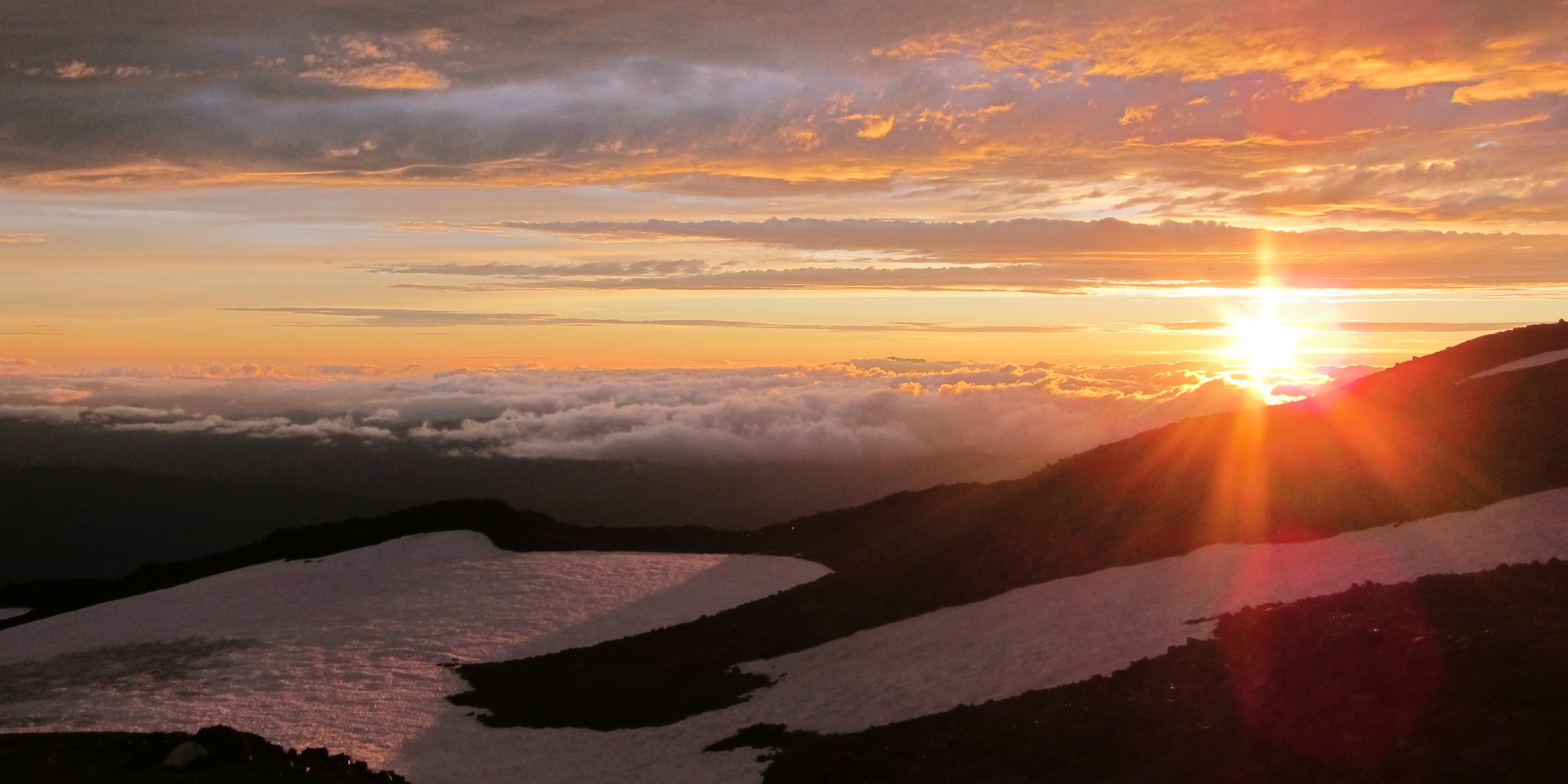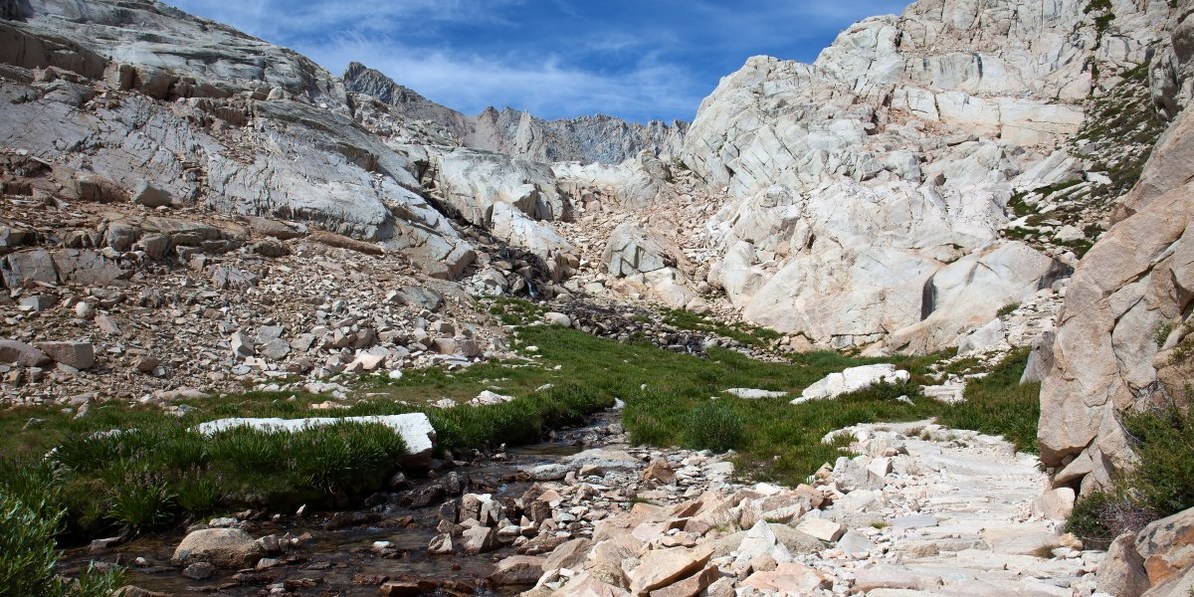You are here
Please respect the outdoors by practicing Leave No Trace. Learn more about how to apply the principles of Leave No Trace on your next outdoor adventure here.
Mt. Adams/Indian Heaven Wilderness/Goat Rocks, Washington
Central Oregon, Oregon






Comments
Sign In and share them.